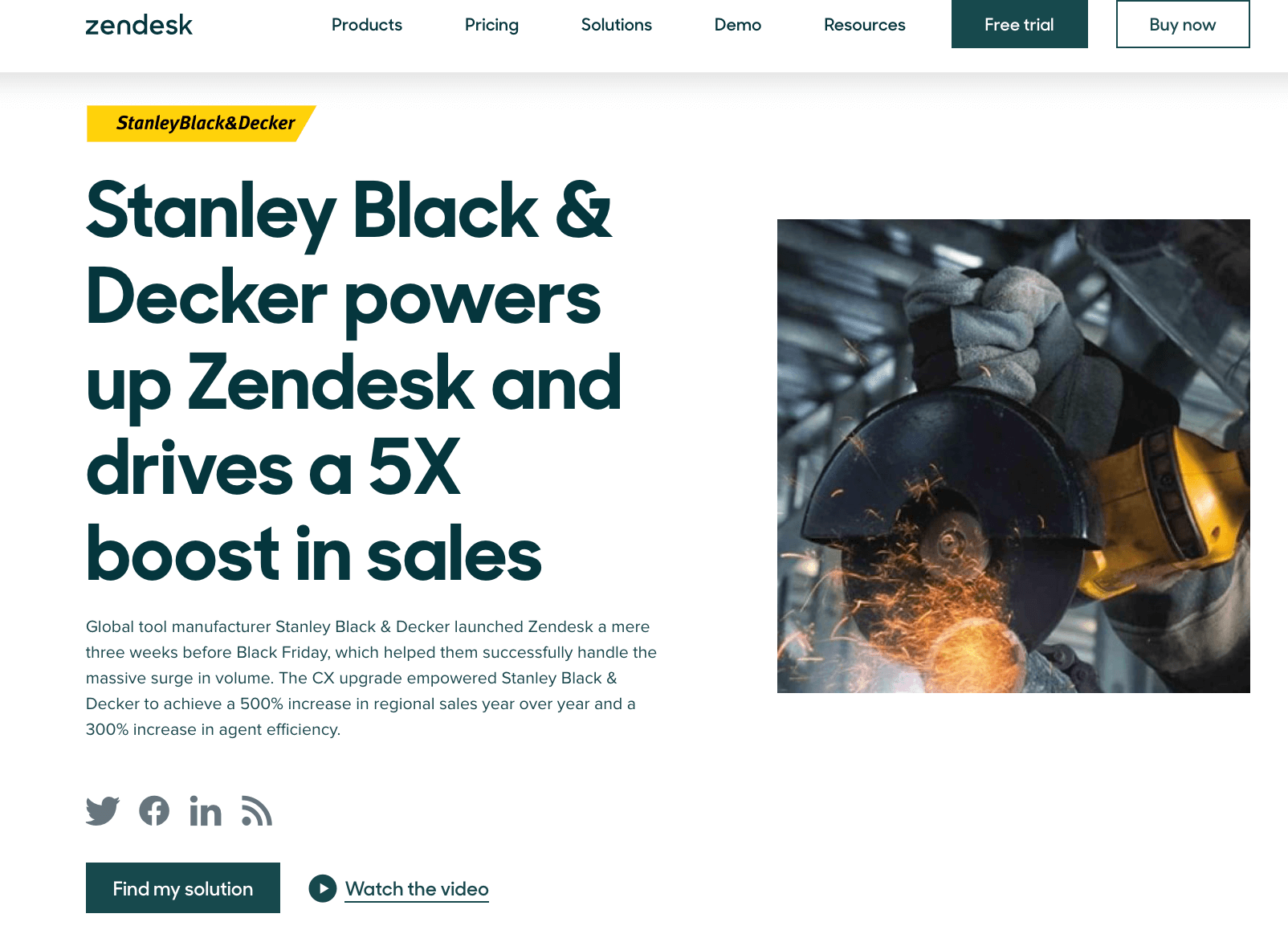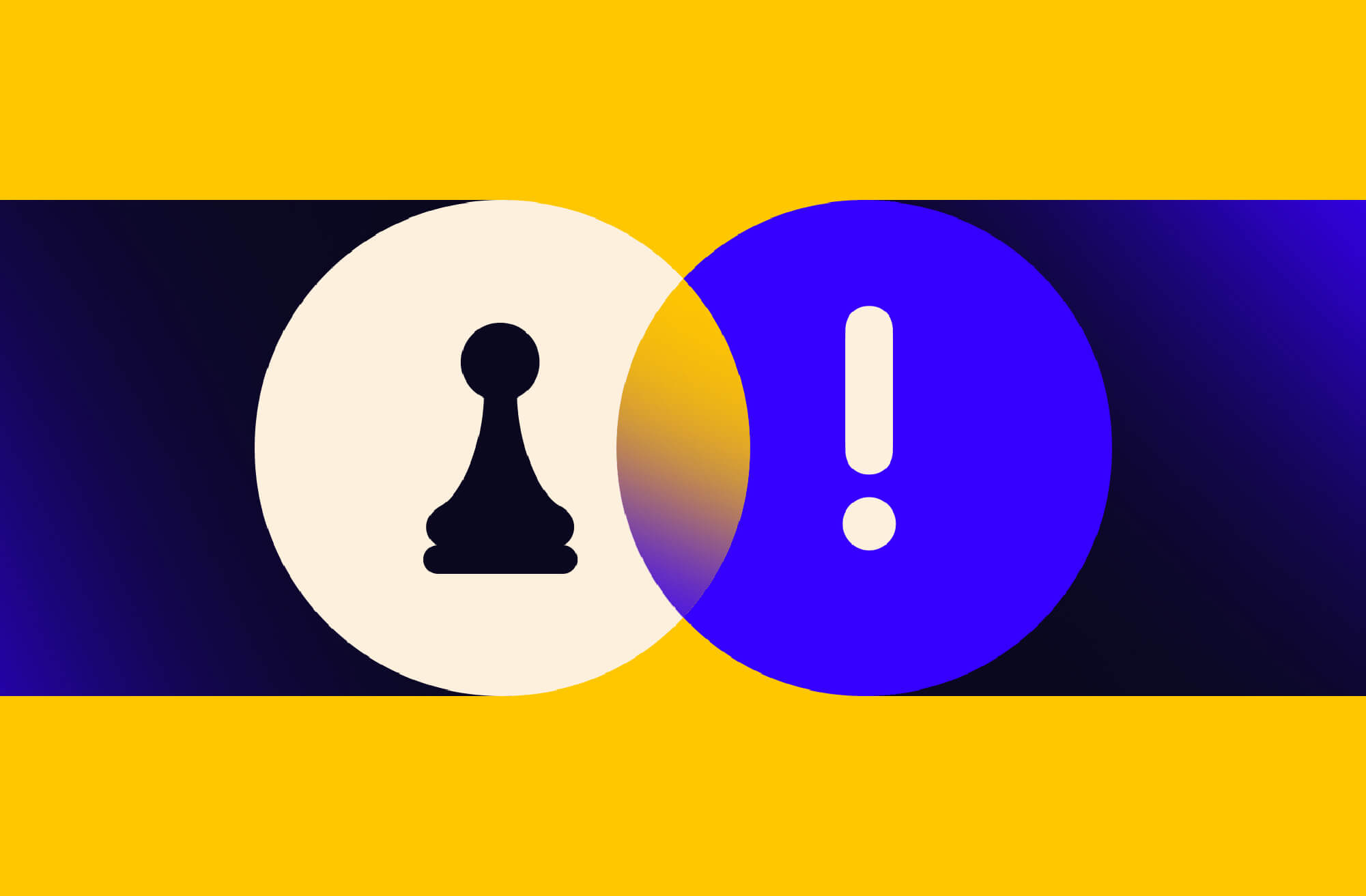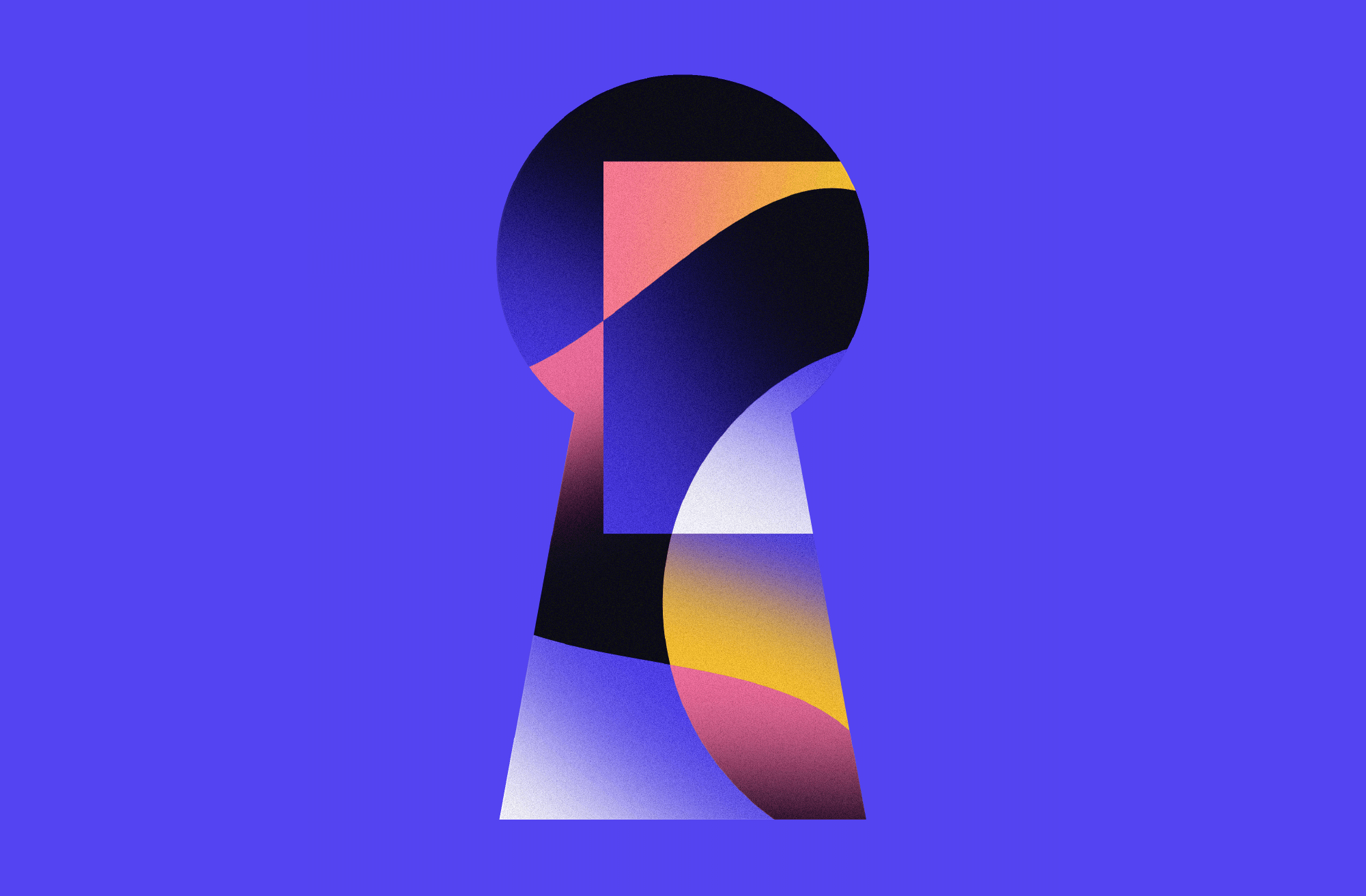If you want to win your market, you need to build the perfect buyer journey—one that effortlessly moves your buyer through every stage, turning strangers into lifelong customers. But crafting that journey is a delicate art. You need to understand your buyer’s motivations. You need to say the right thing, at the right time, in the right way. And, in B2B marketing, you need to appeal to not only your buyer but your buyer’s boss and colleagues. It can be a tricky thing, but as Keith Messick, CMO of LaunchDarkly, reminded us on our Best Story Wins podcast, there is one bulletproof formula that you can use to convert customers in any field: Start emotional, and close logical.
But what exactly does that look like in practice? Today, we’re sharing our best tips to help you optimize your buyer journey, tell stories that make an impact, and get better results because of it.
Emotion vs. Logic: Why It Matters
When it comes to buying decisions, humans are fickle creatures. We need both logic and emotion to drive a purchase. But this poses a challenge for marketers. Lean too hard into emotion, and you risk losing the more fiscally minded consumer. Lead too much into logic, and it’s easy to come across as a faceless bot. To find the right balance, you need to spoon out both—at the appropriate times—so that your customer arrives at the finish line prepared, confident, and excited to buy.
Many brands lean too far into one or the other (in B2B marketing, they tend to lean too logical), but it’s important to maintain a balance, particularly as B2B buying trends change. At the core, however, the “start emotional, close logical” approach makes the most sense for two key reasons.
- You’re starting with an individual. Contrary to popular belief, B2B buying is just as emotional as B2C. The individuals buying in B2B are humans, and they are driven by emotion. The only difference is that in this case, those emotions are related to their career. People may want to get better results to impress their boss, advance their career, or improve their work-life balance. Your B2B product/service can help them do that, so appealing to those emotional drivers is the best way to hook them from the beginning.
- You’re closing with a group. When it comes to B2B, sales cycles are longer because there are so many additional decision-makers. (According to Hubspot, the average length for a SaaS sales cycle is 84 days.) Beyond your original point of contact, there are many more decision-makers who will weigh in on the purchase. They may not be driven by those same emotional factors and are likely much more concerned about the business’ needs instead of their own. Thus, leading with logic is the best way to address their needs and close the deal.
This is why it’s so crucial to optimize your buyer journey for both—at the appropriate time. Luckily, we can help you do that.
Part 1: How to Start Emotional
It isn’t easy to capture people’s attention, especially in a sea of competitors. But people are driven by their emotions, so at this stage, you want to focus on the individual buyer’s needs, wants, desires, and goals. By being empathetic to these things, you can create emotional-driven content that stands out and makes them want to click, download, or learn more.
1) Create emotional brand messaging. The key to organically and authentically engaging your audience is to understand who they are and what they need, then telling stories tailored for them. As Messick reminds us, “It’s like telling a joke to your friend vs. telling a joke to your kid.” One of the most common mistakes we see brands make is having disjointed or generally dull brand messaging. This hurts both the brand and its customers. The truth is: If you can’t tell a consistent story, you can’t create a seamless brand experience. And it all starts with your core brand messaging: who you are, what you do, and how you do it better than the rest. Take a look at your current messaging and follow our tips to write copy that emotionally hooks your audience.
2) Create content that speaks to their pain points. Messick says that if you want to come up with content your audience will connect to, you should know your pain points, then work backward. Fear, stress, and frustration are powerful emotional drivers. People always want relief from their problems, so creating content that calls out these problems directly (and offers helpful solutions) makes them feel not only understood but grateful to have a helpful resource making their lives easier. If you need a little inspiration in this area, see our free template to brainstorm 30 ideas in an hour.
3) Understand what makes people want to share content. If you want to reach new audiences (and of course you do), creating content your existing audience will want to share is an easy way to expand your reach. Learn more about the psychology behind why people share, and you can easily tweak your story ideas to drive those emotions.
4) Inject emotion in playful ways. Messick is a big fan of using humor in B2B marketing especially. There are also other small ways to surprise and delight your customer, whether that’s clever CTAs, entertaining emails, inside jokes, memes, or other creative approaches. See Messick’s best tips to create content that doesn’t bore your audience.
For example, Mailchimp is the GOAT of B2B marketing, infusing all content with playful personality and humor. This goes for everything from their chimp mascot Freddie to their stop-motion All in a Day’s Work series, which showcases “the ups, downs, and sometimes-painful truths of life as an entrepreneur or small business owner” in an entertaining and creative way.
Part 2: How to Close Logical
Your goal is to tell a cohesive brand story throughout the buyer journey; at this stage, you’re simply shifting the angle of that story. Whereas before you were focusing more on the individual as the hero, you now want to highlight the logical side of your brand story to address the organization’s needs.
1) Focus on the business value. As Messick points out, “Someone in finance or procurement is going to be the last mile of your purchase…usually that person doesn’t care what your product technically does. You’re gonna have to speak to them in terms of why this is really important to the business.”
- How much time can they save?
- How much money can they save?
- How much can they increase efficiency?
Where and whenever possible, you want to quantify and demonstrate the benefits of your product/service. This is especially true in an economic recession. Messick says that in a bull market, you’re competing against named competitors. But in a tight market, you’re competing against alternate use of funds. So when every dollar counts, they need to know they’re getting the maximum return and value. (On that note, see our tips to master marketing during a recession to make sure you’re working effectively.)
2) Make sure they have all the information they need. Anticipate questions, especially from those other decision-makers. Messick notes that a lot of times you’re not in the room when the real discussions about your product/service are being had. So prepare your point of contact with the information they need to sell on your behalf. “You really have to be prepared for that last mile,” Messick says. “And you have to start that early.” Fortunately, there are many ways marketing can help support sales in this capacity, especially when it comes to things like one-sheets, guides, or other content that lead with logic. For more ideas, see our tips to create sales content that empowers your team.
3) Share compelling customer success stories. One of the best ways to appeal to logic and demonstrate proof is to showcase what you’ve done for others. It’s especially important to, again, demonstrate the value of what you achieved together. For more on this, see our best tips for writing customer success stories that convert.
For example, the customer service platform Zendesk produces great customer success stories grounded in real-life results. Case in point: One excellent case study demonstrates how they helped Stanley Black & Decker increase regional sales 500% over the previous year using Zendesk integrations. They not only tell the story but share impressive data-driven results—helping prove their value in multiple ways.

How to Keeping Converting Customers
If you’re ready to put these tips into action (and we hope you are), here are the next moves to make to get the success you deserve.
- Re-map your buyer journey. Audit your current buyer journey to identify opportunities to inject more emotion or logic. You’ll also want to look for any messaging gaps (e.g., you may be lacking data-driven customer stories or more fun and lighthearted content). You can use our free buyer journey map template to visualize your journey, as well as our content audit template to take a hard look at the content you’re currently creating.
- Create a solid content strategy. The key to a successful marketing operation is a clear plan with solid, measurable goals. Use our free B2B content strategy toolkit to document your strategy (if you haven’t already). Then you can double-check that your content strategy is aligned to your buyer journey,
- Look for ways to bridge sales and marketing. One of the most common challenges in creating a seamless buyer experience is the hand-off from marketing to sales. Many organizations are siloed, so the handoff is sometimes clunky and awkward (especially if messaging is misaligned). Smooth things out by having regular conversations and giving extra attention to key transition moments in the buyer journey.
That said, we know it isn’t easy to do all this alone. If you need the right partner to guide your strategy or storytelling, take a look at our tips to find a B2B agency with the right expertise. (You can also start your search with us.) In the meantime, stay up-to-date on the latest best practices by subscribing to the Best Story Wins, and check out our full conversation with Keith Messick to get even more tips to win your market.




